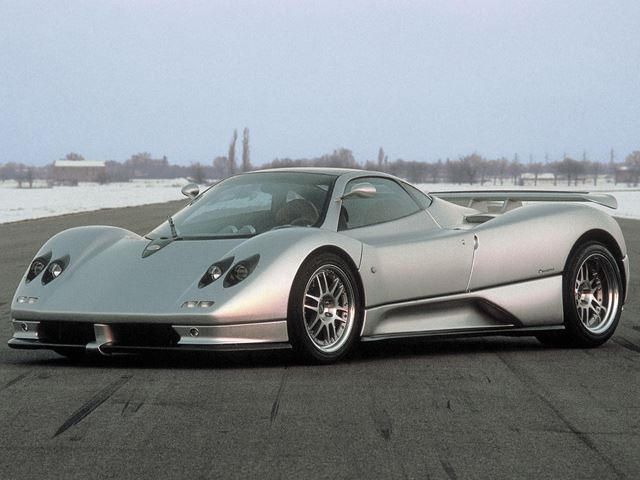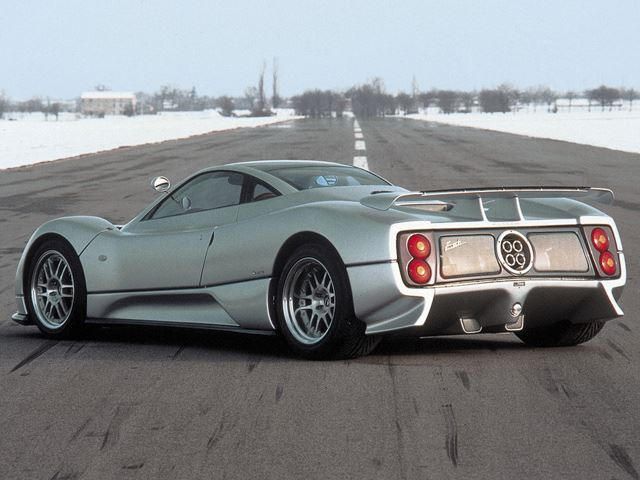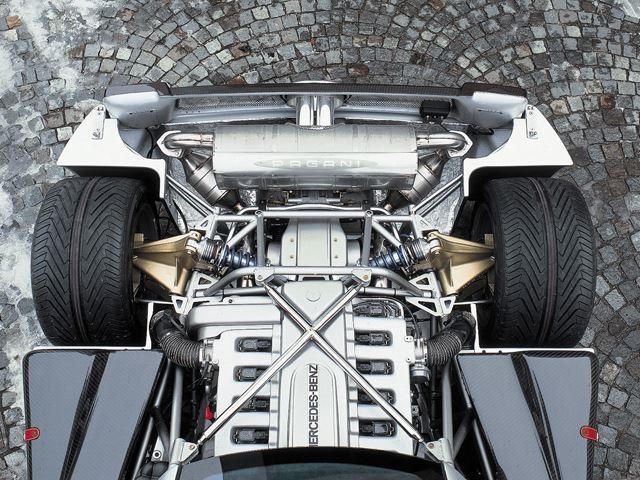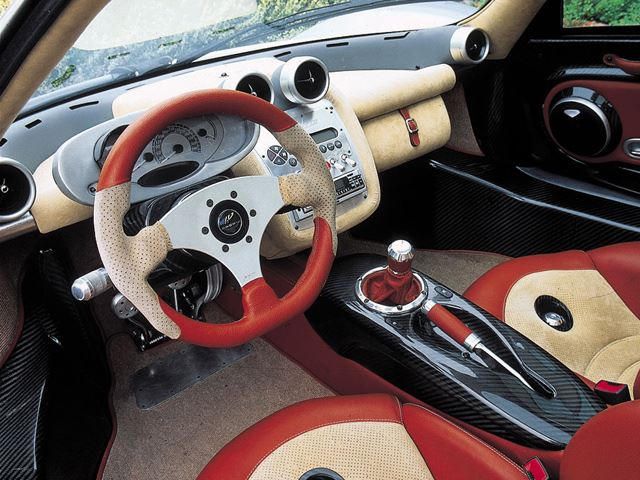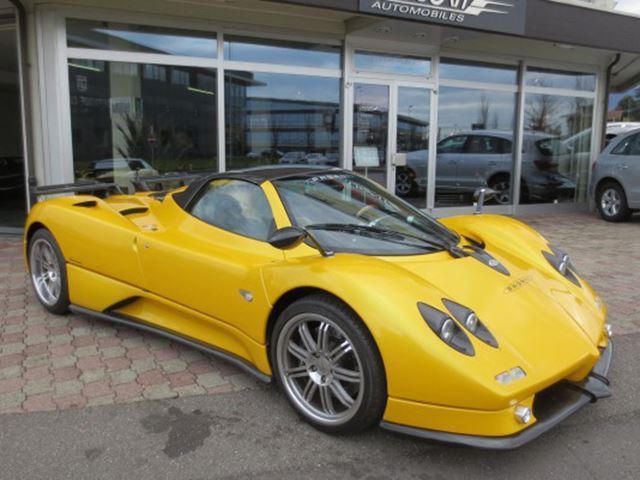
Many have tried, few have succeeded. Starting your own supercar company not only takes money, but also vision. It's like that Butch Cassidy quote: "Boy, I got vision, and the rest of the world wears bifocals." Perhaps Pagani Automobili has become what it is today because founder Horacio Pagani saw something nobody did. It all started with the young Pagani's love of cars, specifically supercars. Born in Argentina to an Italian family, young Pagani began making his own cars out of bulsa wood – those cars and designs are now on display at the Pagani Museum.
Pagani made it his life's goal to build supercars. At the age of 20 he had already designed and built an F3 race car. But when he was 28, he moved to Italy. With a letter of recommendation from the legendary Juan Manuel Fangio in hand, he landed a job at Lamborghini. He eventually rose to become one of its chief engineers. There was one thing in particular that fascinated Pagani: carbon fiber. In fact, as head of the Composites Department, he was behind 1987's Countach Evoluzione (and played a central role in the 25th Anniversary Countach's styling). This wasn't a production Countach, but rather a test bed of new technologies such as swapping out the steel spaceframe to a chassis/body construction in composite materials.
This was what Pagani wanted: to use advanced, lightweight composites combined with the best engines and building methods available. There was only one problem. Lamborghini had no interest in buying an autoclave needed for carbon fiber production. Ferrari wasn't doing it, so why should they? But Pagani knew better; he wasn't the one wearing bifocals. By 1991, Pagani had left Lamborghini and started his own carbon fiber company, called Modena Design. He was soon making carbon-fiber components and became a specialist in that fast-developing field. And it was in 1992 when he started his own car company, Pagani Automobili S.p.A. For those of you who don't already know, the first Zonda wasn't launched until 1999.
So what did Pagani do for seven years? Meticulous engineering research and design. As early as 1993 prototype testing in a wind tunnel had begun with good results early on. That's all fine and good, but a proper supercar requires a proper engine. That was something Pagani needed help with, and fortunately one of Modena Design's clients just so happened to be Daimler. By 1994, Pagani and Daimler inked a deal which saw the latter supply the former with V12 engines. What was the original name for the car? The Fangio F1. However, Pagani decided to change that following the death of Juan Manuel Fangio, his longtime friend and mentor, in 1995. The new name? You guessed it – Zonda. Or more specifically, the Zonda C12.
By 1999 Pagani was ready to reveal his creation and the Geneva Motor Show was the perfect venue. With its 6.0-liter V12 producing a total of 402 hp and 421 lb-ft of torque, power was sent to the rear wheels via a five-speed manual transmission. Performance abilities caused heads to do double takes. 0-60 mph happened in only 4.2 seconds, while making the sprint to 100 mph took just 8.2 seconds. It managed the quarter-mile in 12.1 seconds at 124 mph and a top speed of around 185 mph. Pagani's beloved material of choice, carbon fiber, was present inside and out. Only five examples were made. Of those, one was used for crash testing while another served as a demonstrator and show car.
The remaining three had a list price of $320,000. They're each worth over $2 million today. The Zonda C12 was unquestionably one of the stars of Geneva that year. Few outside of the industry had ever heard of Pagani – the man or his company – but that was soon all about to change. The era of the Pagani Zonda had officially arrived and wouldn't end for another 12 years. Photos courtesy of Pagani.

